Literary Iceland Lives on in Ancient Sagas and Modern 'Poeticians'
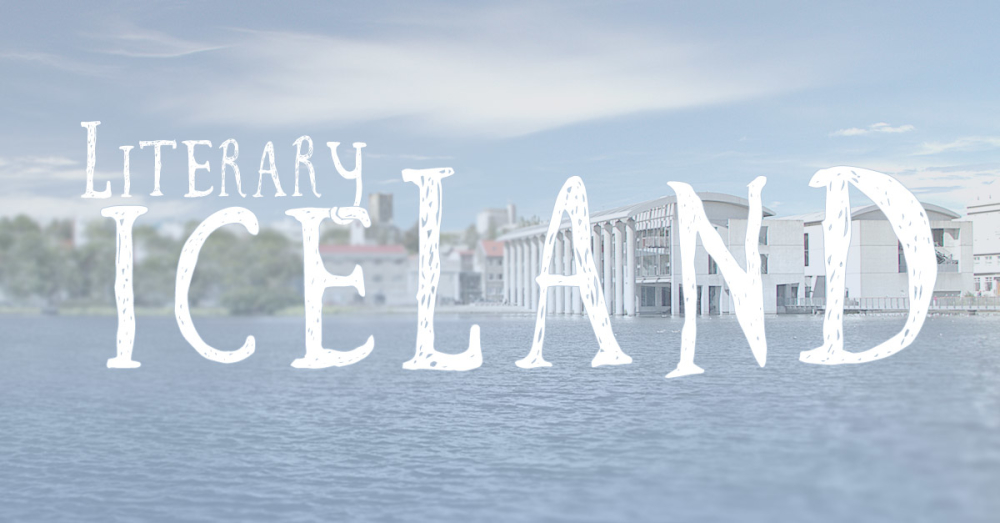
When my husband found cheap tickets to visit the Land of Fire and Ice, we couldn’t pass up an opportunity for adventure. That’s how I found myself leaving the beautiful spring climate of New Mexico to re-experience winter all over again in Iceland. Calling it winter is really putting it mildly. This is an arctic winter—no, this is a wet, windy arctic winter. It is easy to see why Iceland has a 100 percent literacy rate—what else is there to do in the freezing, dark days other than to read?
We started our journey in the capital city of Reykjavik where almost half of the population of the country resides. Reykjavik is one of eleven cities in the world to earn the title of UNESCO’s City of Literature. You can take a guided literary tour with the Reykjavik City Library or on your own by downloading a free app, Reykjavik Culture Walks. Each walk has a different theme, from Literary Fiction to Queer Literature to Crime Fiction, which is gaining popularity in Iceland thanks to Arnaldur Indriðason, author of Jar City and Strange Shores, among others.
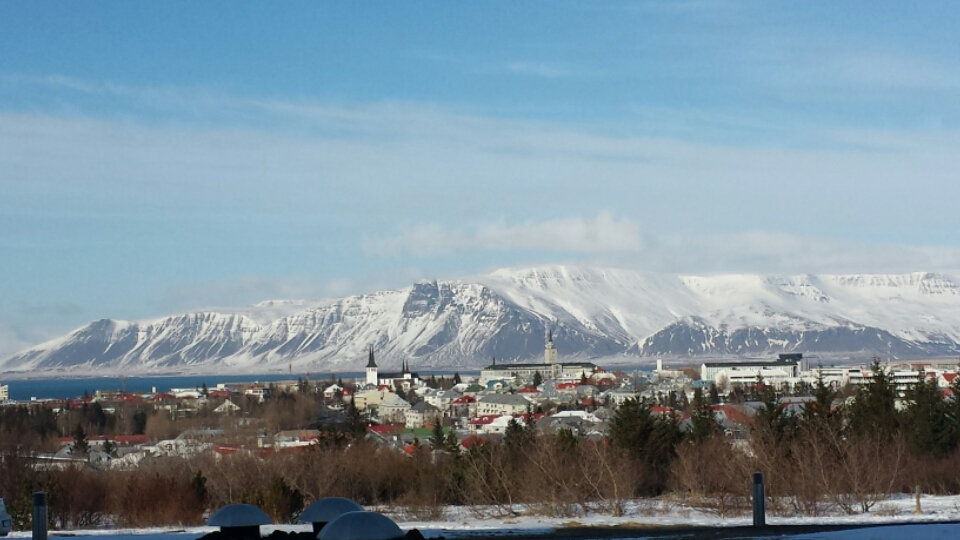
Pushing against the gale force winds in our multitude of warm layers, we passed by the downtown Parliament Building, designed by Danish architect Ferdinand Meldahl and built in 1881 using hewn volcanic rock. We had read before our journey about Iceland’s newly rising political party, the Pirate Party. This left-wing, antiestablishment party is currently Iceland’s most popular political party, according to the latest survey, and has run on a platform primarily calling for Internet and data freedom.
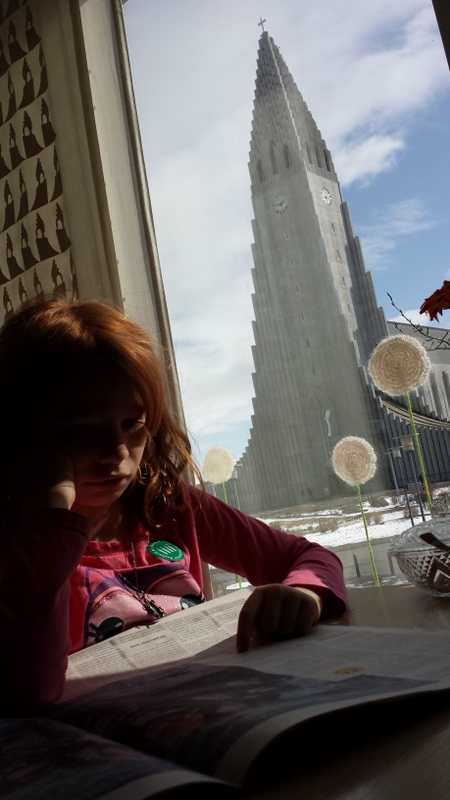
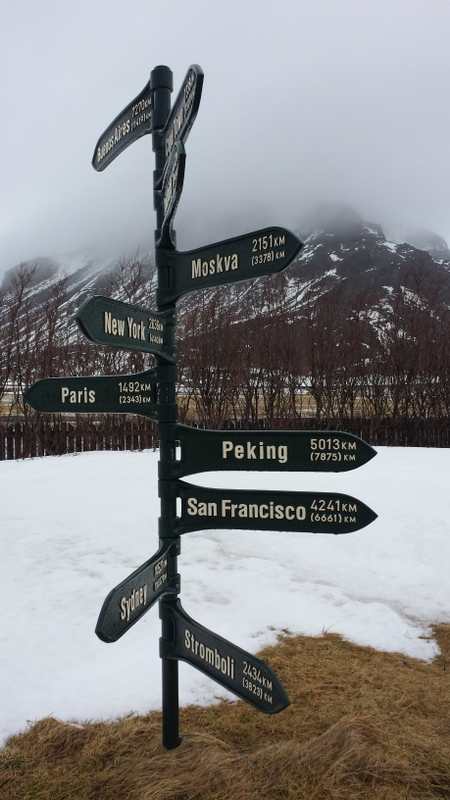
Pirate Party leader and Icelandic Parliament member since 2009 Birgitta Jónsdóttir is not just an activist and politician but a poet and artist as well as an editor and indie publisher. Before becoming a busy politician, Jónsdóttir helped to start Beyond Borders Press, which is now a US imprint of Lorenzo Press. “The role of the artists and poets has never been more clear,“Jónsdóttir says on her website. “To make a difference in our world. To plant the seeds of hope, where there is hopelessness, to offer healing where there is hurt.” Jónsdóttir refers to herself as a “poetician” rather than a politician.
The Pirate Party’s rise in popularity is due in part to the financial crisis of 2008, which created a climate of government mistrust among Icelanders. You can learn about it in journalist, blogger, and author Alda Sigmundsdóttir’s self-published book Living Inside the Meltdown, which is the first published collection of interviews with ordinary people about their experiences of Iceland’s economic meltdown.
Sigmundsdóttir informed me in an e-mail that the trend toward self-publishing in Iceland is starting slowly. “Mostly because Icelanders are very poorly informed about the trends sweeping the publishing industry and all the new opportunities that are opening up for indie authors,” she said. “Icelanders are still in the dark ages where that is concerned, and the traditional publishing industry still holds a lot of power in Iceland.”
Sigmundsdóttir is currently teaching courses on indie publishing at the University of Iceland’s Continuing Education Centre and says that there has been a huge amount of interest. “When I explain to people what is happening they are in awe, and really pumped about all the new opportunities. So I think we’ll start to see a progression in that direction, although how fast it will happen is hard to say.”
In Iceland, literature is taken very seriously. In fact, the entire history of the settlement of Iceland is recorded in a canon of literary sagas depicting the heroic and wicked feats of the first people to come to Iceland and call it home. While I wasn’t ambitious enough to read all the sagas, it was easy to take in the gist of the stories at Reykjavik’s Saga Museum. The epic tales are pretty gruesome and my daughter held tight to my arm as we listened to the capsulized versions highlighted by wildly realistic wax characters.
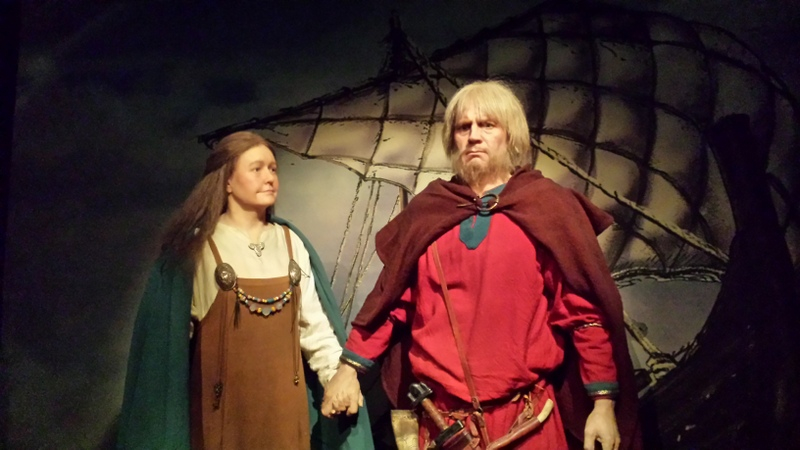
Some of the stories are downright mythic, giving people superhuman strength and the ability to cast evil spells. Later I spoke with Icelanders to find out how true they believed the Sagas to be. According to most, they considered the Sagas to be their true history, but taken with a dash of fish oil.
My family chose a shorter book to listen to as we circled Iceland’s Ring Road, which follows the coast. In the Jules Verne classic, Journey to the Center of the Earth, the main characters descend through a volcano’s lava tunnel to the earth’s core. The gateway to the earth’s center just so happens to be a day drive from Reykjavik on the Snæfellsnes Peninsula. Unfortunately, the theme of poor weather persisted and we didn’t get to see much of the volcano or the glacier it rises out of because the snow clouds hung so low, but we did see the monument to the book, which informs visitors how long a journey it is to some cities from the center of the earth.
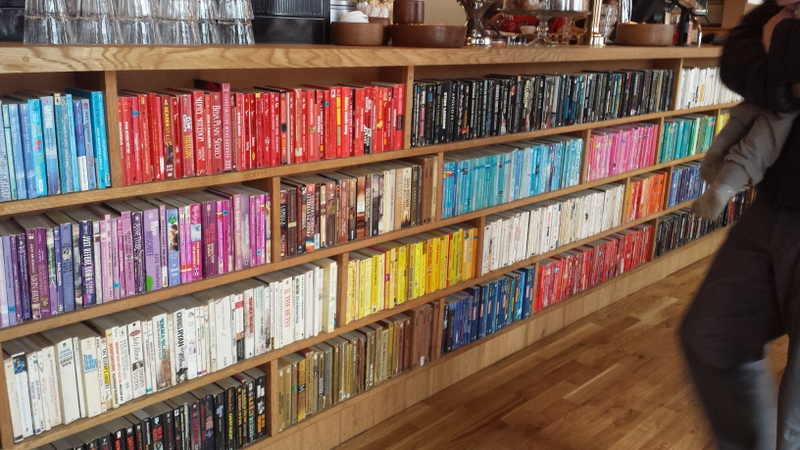
Another book that takes place at the Snæfellnes Pennisula is Under the Glacier by Nobel Prize winner in literature and Icelander Haldór Laxness. In a conversation at the Pirate Party office in the Parliament building, Jónsdóttir referred to Laxness’s books as portraying, “the soul of the Icelanders.”
Visiting Iceland during one of their worst winters in history, traversing the barren, otherworldly landscapes, it’s easy to imagine the Icelander’s soul as rugged and vast. Yet on special occasion, the sun would gift us with its presence and unveil striking views of soft mountain peaks and crystal blue glaciers, white thermal pools and jagged lava rocks. In those moments, the true depths of the Icelander’s soul can be understood, their stories, sagas, “poeticians,” and all.

Johanna DeBiase is a freelance journalist, novelist, yoga instructor, vintage boutique owner, world traveler, and mom based in Taos, New Mexico, or on the Internet at www.JohannaDeBiase.com Follow her on Twitter @JohannaDeBiase
Johanna DeBiase
